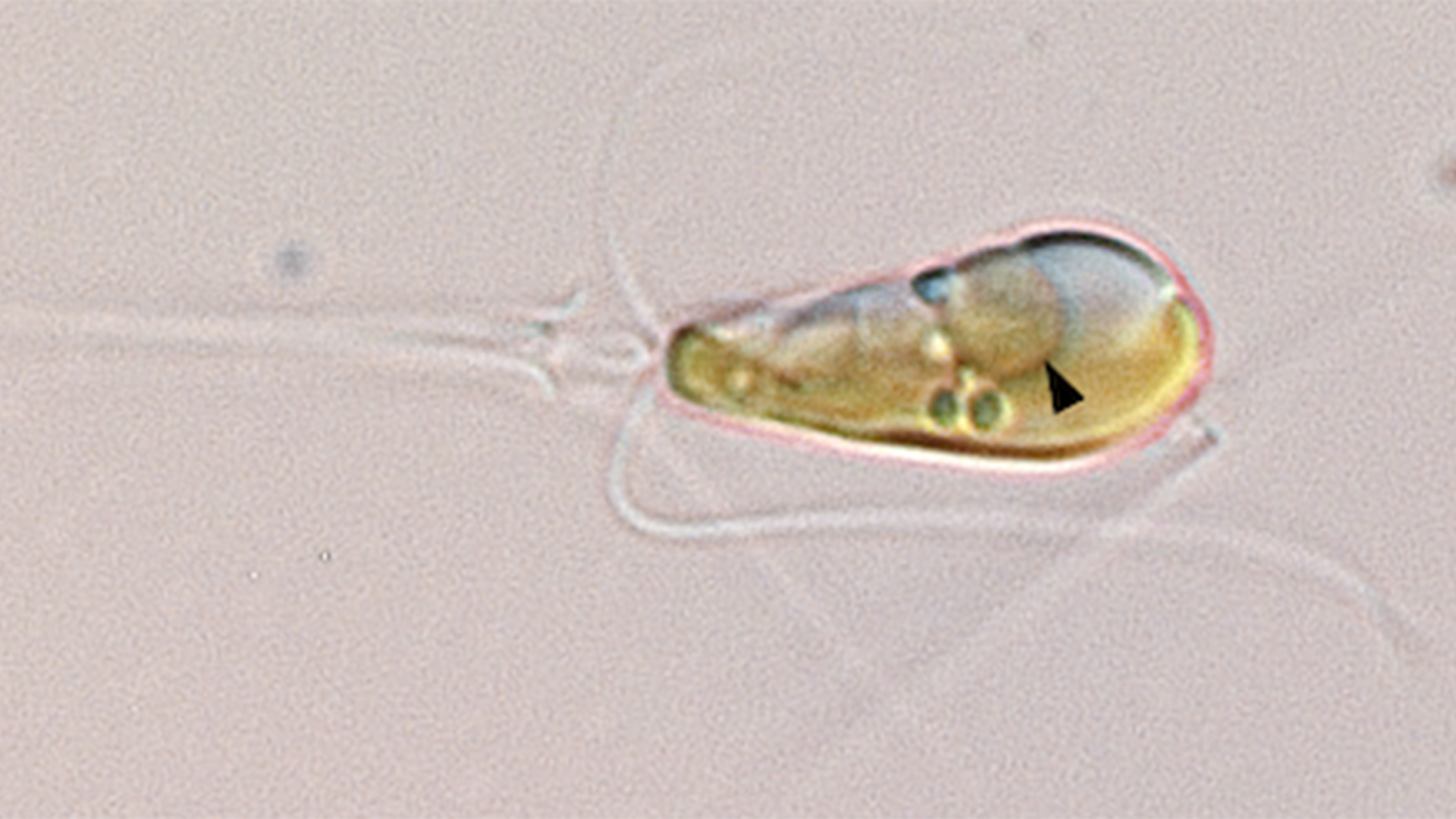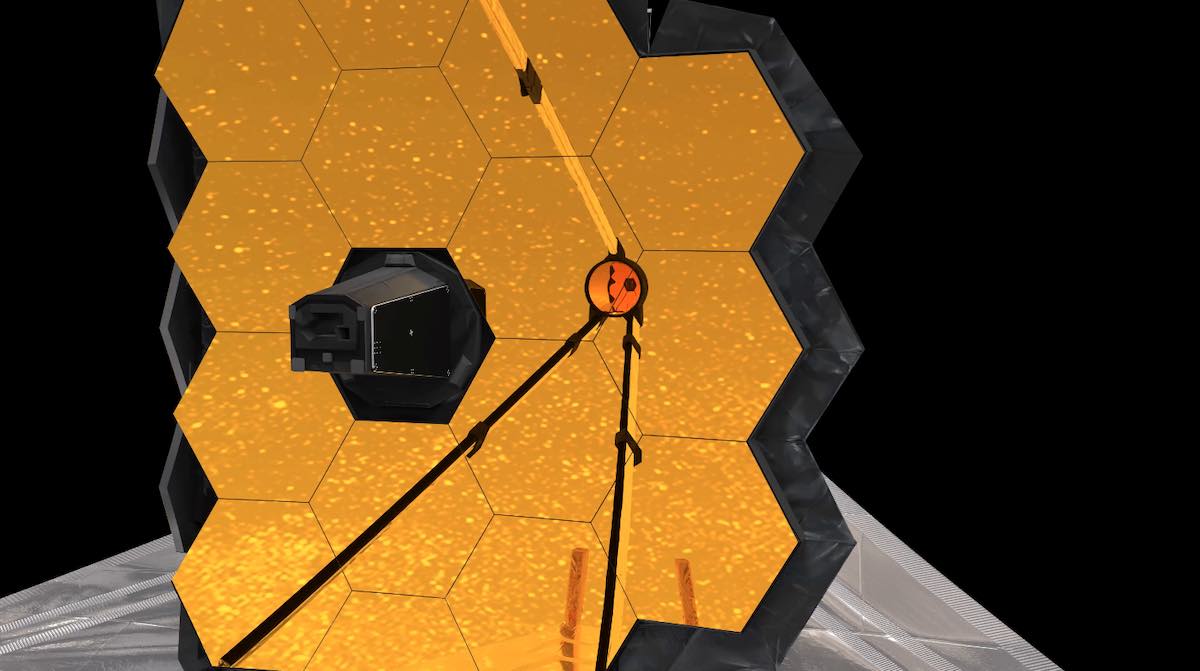
New satellite images of an active volcano on the Spanish island of La Palma capture vivid streams of lava pouring down the coastal mountain range and nearing the Atlantic Ocean.
The eruption began on Sept. 19 from fissures on the western flanks of the Cumbre Vieja crater on La Palma, which is one of Spain’s Canary Islands, located off the coast of northwestern Africa. The Operational Land Imager (OLI) on NASA’s Landsat 8 satellite captured glowing lava flows snaking across the island in images taken on Sunday (Sept. 26), a week into the eruption.
“After Cumbre Vieja split open and began erupting on Sept. 19, 2021, a slow-moving wall of basaltic lava began bulldozing its way through populated parts of one of the Canary Islands,” according to a statement from NASA’s Earth Observatory. “Lava flows have destroyed nearly 400 homes, covered dozens of kilometers of roads, and consumed farmland on the island of La Palma as they creep down the western flank of the volcanic island toward the ocean.”
Related: 10 incredible volcanoes in our solar system
The Landsat 8 satellite images offer a natural-color view of lava streaming through the communities of El Paraiso and Todoque, along with clouds of white smoke rising from the area. The hot, molten lava spewing from the eruption glows red in the satellite imagery, while a dark, black crust appears in areas where the lava has cooled at the surface.
The satellite observations from Sept. 26 also captured infrared views of the volcanic eruptions, revealing the hottest parts of the red hot lava flowing down the slopes of the crater.

“Many of the white rectangular features near the coast are greenhouses. The dark green areas along the coast are crops, likely fields of bananas,” according to the statement. “The volcanic plume streaming toward the northeast contains a mixture of ash, sulfur dioxide and other volcanic gases.”
Volcanic activity briefly slowed in the early morning hours of Monday (Sept. 27). However, the Cumbre Vieja volcano began expelling lava and smoke again later in the day, and experts from the Volcanology Institute of the Canary Islands (INVOLCAN) suggest that the eruption could persist for weeks or months.
Lava flows may soon reach the Atlantic Ocean. Hot lava meeting the sea may trigger explosions and emit clouds of chlorine gas, posing further risk to residents in the area. Those along the eastern shore of the island were ordered into lockdown on Monday after thousands had already evacuated the area in days prior.
The Cumbre Vieja volcano last erupted in 1971, though that event was less significant than the current eruptions, experts say.
Follow Samantha Mathewson @Sam_Ashley13. Follow us on Twitter @Spacedotcom and on Facebook.
Join our Space Forums to keep talking space on the latest missions, night sky and more! And if you have a news tip, correction or comment, let us know at: community@space.com.
Samantha Mathewson joined Space.com as an intern in the summer of 2016. She received a B.A. in Journalism and Environmental Science at the University of New Haven, in Connecticut. Previously, her work has been published in Nature World News. When not writing or reading about science, Samantha enjoys traveling to new places and taking photos! You can follow her on Twitter @Sam_Ashley13.
Note: This article have been indexed to our site. We do not claim ownership or copyright of any of the content above. To see the article at original source Click Here












